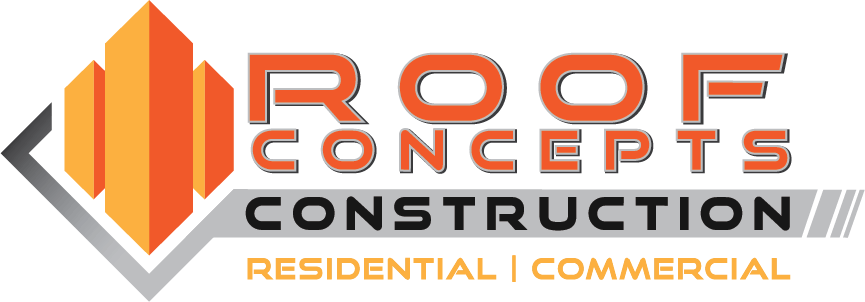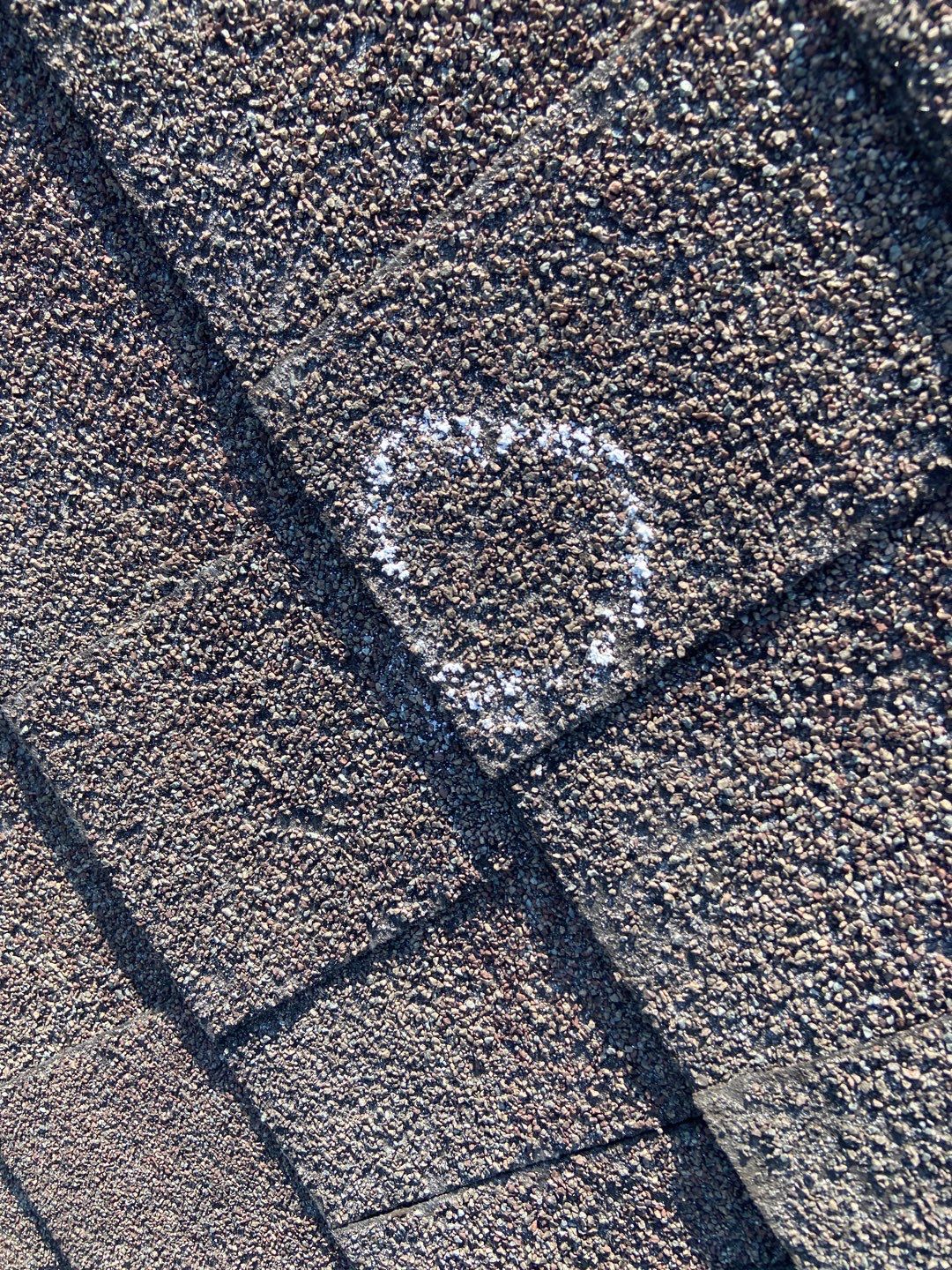
How Roofing Technology Is Changing the Industry
Introduction
The roofing industry, much like other sectors in construction, has experienced a significant evolution over the years, driven by technological advancements and innovations. Historically, roofing was a labor-intensive process using basic materials such as wood, clay, and simple metal. However, today, roofing technology is a dynamic and rapidly advancing field that plays a crucial role in shaping how we build, repair, and maintain roofs. From the materials used to the tools and techniques employed, new technologies are improving the durability, energy efficiency, and sustainability of roofing systems, all while enhancing the safety and ease of installation and maintenance.
The roofing industry has increasingly embraced digitalization, new materials, and advanced construction techniques. The integration of cutting-edge technologies is enabling roofing professionals to meet the growing demands for better performance, sustainability, and efficiency. With growing concerns over climate change, rising energy costs, and the increasing need for resilience in buildings, technological innovations in roofing have become more crucial than ever before.
In this article, we will explore how various roofing technologies are reshaping the industry, focusing on advancements in roofing materials, energy-efficient systems, smart roof technologies, automation and robotics, and sustainable solutions.
Advancements in Roofing Materials
The foundation of roofing technology lies in the materials used. Over the years, there has been a significant shift from traditional roofing materials to more advanced and durable options, helping to meet the increasing demands for longevity, efficiency, and aesthetics.
Synthetic Roofing Materials
Traditional roofing materials such as asphalt shingles, clay tiles, and wood shakes are being replaced by synthetic alternatives that offer superior performance. Synthetic roofing materials, such as synthetic slate, polymer shingles, and rubber roofing, are gaining popularity due to their durability, lightweight nature, and ease of installation. These materials also tend to have better impact resistance, weather resistance, and longer lifespans compared to their traditional counterparts.
For example, synthetic slate roofing, made from a blend of plastic and rubber, mimics the appearance of natural slate but is much lighter, more durable, and easier to install. This type of roofing material is resistant to cracking and fading, making it an excellent choice for areas with extreme weather conditions.
Cool Roofs and Reflective Materials
Cool roofing technologies are transforming the industry by focusing on energy efficiency and sustainability. A cool roof is designed to reflect more sunlight and absorb less heat than a standard roof. This helps to keep buildings cooler, reduce the urban heat island effect, and lower energy consumption. Cool roofs are typically made from reflective coatings, tiles, or shingles that are designed to reflect a higher percentage of solar energy than conventional roofing materials.
In addition to reducing energy consumption, cool roofs contribute to sustainability by lowering the demand for air conditioning, reducing greenhouse gas emissions, and extending the life of the roof by protecting it from heat-related damage. The popularity of cool roofs is especially prominent in urban areas where energy consumption for cooling systems is high.
Green Roofs and Living Roofs
Another major innovation in roofing technology is the rise of green roofs or living roofs. These are roofs that are partially or completely covered with vegetation, providing a host of environmental benefits. Green roofs not only help to reduce stormwater runoff and improve air quality but also offer insulation, which can reduce the need for heating and cooling in a building. The installation of a green roof involves placing a waterproof membrane, followed by layers of soil, drainage systems, and the vegetation itself.
In addition to their ecological benefits, green roofs are increasingly being seen as an aesthetic feature that adds value to buildings. As cities around the world grapple with the challenges of urbanization and climate change, green roofs have become an integral part of sustainable building practices.
Energy-Efficient Roofing Systems
As energy conservation becomes a more pressing concern, roofing technology has evolved to address the growing need for energy-efficient buildings. Roofing systems that contribute to energy savings are gaining prominence, especially in residential and commercial sectors.
Solar Roof Systems
Solar energy technology has revolutionized the way roofs are designed and utilized. Solar panels and integrated solar roof systems allow homes and buildings to generate their own electricity. Traditional solar panels are mounted on the surface of the roof, while integrated solar roofs seamlessly replace conventional roofing materials with solar shingles or tiles.
One of the biggest advancements in solar roofing technology is the development of solar tiles or shingles, such as those produced by companies like Tesla. These solar shingles are designed to look like conventional roof tiles but serve the dual purpose of providing roofing protection and generating electricity. Solar roofs offer an aesthetically pleasing and efficient alternative to traditional solar panels, especially for homeowners and businesses who are seeking a more integrated and seamless look.
Additionally, innovations in solar roof technology are increasing the efficiency of these systems. New technologies, such as bifacial solar panels, capture sunlight from both the front and rear of the panel, increasing energy generation. Solar roofs also contribute to the building’s overall energy efficiency by reducing reliance on external power sources, leading to long-term savings on energy bills.
Insulating Roofing Systems
Energy-efficient roofing systems go beyond just solar technologies. Advanced insulating materials are playing an important role in enhancing the thermal performance of roofs. Spray foam insulation, for example, provides an airtight barrier that improves a building’s energy efficiency by reducing heat loss and preventing air leaks.
Reflective coatings, which are often applied to the surface of roofs, also contribute to energy savings by preventing heat absorption and helping to keep the building cooler in the summer. Insulation systems that use advanced materials, such as aerogel or fiberglass, are also being used to improve the thermal efficiency of roofs, making them an essential part of energy-efficient building practices.
Thermal Roofing Membranes
Thermal roofing membranes are an emerging trend in the roofing industry that enhances energy efficiency. These membranes are designed to provide a thermal barrier that reduces heat transfer between the exterior environment and the interior of the building. Made from advanced materials such as thermoplastic polyolefin (TPO) or ethylene propylene diene monomer (EPDM), these membranes help to maintain consistent indoor temperatures, reducing the load on heating and cooling systems.
Thermal roofing membranes also offer resistance to UV radiation and extreme weather, making them a durable and long-lasting option for energy-efficient roofing.
Smart Roofing Technologies
The concept of “smart homes” has become increasingly popular, and roofs are no exception to this trend. Smart roofing technologies integrate sensors, automation, and other advanced technologies to improve the performance, efficiency, and maintenance of roofing systems.
Roof Monitoring Systems
One of the most exciting developments in roofing technology is the emergence of roof monitoring systems. These systems use sensors to track the condition of the roof in real time, providing valuable data on factors such as temperature, humidity, and roof moisture levels. Monitoring systems can detect issues such as leaks, storm damage, or wear and tear, allowing homeowners and building owners to take preventive action before significant damage occurs.
For instance, sensors can alert homeowners to water accumulation on the roof after heavy rain, which could indicate a clogged drainage system. With this information, owners can schedule repairs before the issue escalates into a more costly problem. Roof monitoring systems are also becoming an essential part of predictive maintenance strategies, helping to extend the lifespan of roofing systems.
Roofing Drones for Inspections
Drone technology is increasingly being used for roof inspections. Drones equipped with high-resolution cameras and thermal imaging technology allow roof inspectors to assess a roof’s condition without the need for scaffolding or ladders. These drones can provide detailed images and data, allowing for more accurate inspections and reducing the risk of accidents during roof evaluations.
Drones equipped with thermal imaging sensors can also detect issues like leaks or insulation problems, which might not be visible to the naked eye. This technology is revolutionizing the way roof inspections are conducted and is helping to improve the speed and safety of these assessments.
Automated Roof Installation
Automation and robotics are gradually being integrated into the roofing industry, making the process of roof installation faster, safer, and more efficient. Robots can be used to lay shingles, apply coatings, or even assemble roofing components, reducing the reliance on manual labor. In addition to increasing productivity, these automated systems also enhance safety by minimizing the risks associated with working at heights. Automated roofing machines are designed to perform repetitive tasks with precision, ensuring that the quality of the roof installation meets the required standards.
Sustainability and Green Roofing Solutions
Sustainability is an increasingly important consideration in the roofing industry. As environmental concerns grow, the need for green roofing solutions has become more apparent. Roofing technologies that contribute to sustainability not only benefit the environment but also provide long-term economic advantages.
Recyclable Roofing Materials
One of the main sustainability trends in roofing is the use of recyclable materials. Many roofing materials, such as metal, rubber, and certain types of shingles, are made from recycled materials and can be recycled again at the end of their life cycle. This reduces the amount of waste sent to landfills and decreases the demand for raw materials, which helps to conserve natural resources.
Additionally, some roofing manufacturers are focusing on using environmentally friendly manufacturing processes to reduce their carbon footprint. As the demand for green construction practices increases, recyclable and sustainable roofing materials are expected to become more widespread in the industry.
Solar Reflective Roofs
As mentioned earlier, solar reflective roofs, or cool roofs, are a growing trend in the industry. These roofs are designed to reflect sunlight and reduce heat absorption, which not only lowers energy consumption but also decreases the urban heat island effect. This is particularly important in densely populated areas where the accumulation of heat from buildings and pavement can lead to higher local temperatures.
By using reflective coatings, tiles, or shingles, cool roofs help to combat climate change by reducing the demand for air conditioning and mitigating the impacts of heat waves. As more cities adopt cool roof regulations, this technology is becoming a standard practice for new construction and retrofitting existing buildings.
Conclusion
The roofing industry is experiencing a technological renaissance, with innovations in materials, energy efficiency, smart technologies, and automation transforming the way roofs are designed, built, and maintained. From synthetic materials and solar roofing systems to smart roof monitoring and drones for inspections, technology is enhancing the performance, durability, and sustainability of roofing systems.
As the demands for energy efficiency and sustainability grow, roofing technology will continue to evolve. Roofing professionals must stay abreast of these developments to offer their clients the most innovative, reliable, and environmentally friendly roofing solutions. The future of roofing is undoubtedly linked to advancements in technology, and this shift will have lasting benefits for homeowners, businesses, and the environment.
With the rapid pace of innovation in the roofing industry, it is clear that roofing technology is not just improving how we build roofs, but is helping to create a more energy-efficient, sustainable, and resilient built environment for the future.


